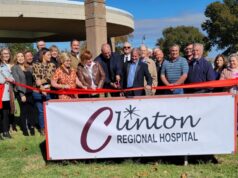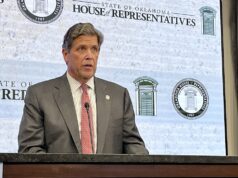
In my first commentary on NonDoc, I outlined my desire to examine the Amazon-Berkshire Hathaway-Chase Bank collaborative to reform health care by breaking all the rules. In the second installment, I discussed how one of those rules dictates that nothing happens in medicine without a doctor’s prescription, and how that may be changing. This month, I want to examine how alternatives to traditional visits to physicians’ offices may be in our collective future.
Telemedicine now common but untested legally
For the past 20 years, hospital systems across the country have been making use of technology called telemedicine. The original idea was to connect physicians in urban centers with patients in rural areas, in turn providing education about and treatment for various medical problems.
Telemedicine was only marginally effective because many insurance companies would not reimburse doctors for online medical visits. This concept is maturing, however, to the point where patients can routinely visit with a physician with whom they’ve had no previous contact over a variety of medical problems.
Telemedicine seems to be particularly effective in dealing with emergent but non-life-threatening issues. It’s common with people who are experiencing headaches, chills or fever to connect with one of these systems, talk to a physician in real time and come away with a prescription emailed to their pharmacy, all for a very modest fee.
What has not been tested legally is whether these instant diagnoses could, in fact, miss something more profound, resulting in significant harm to the patient. These online physicians are using their own skills as well as sophisticated algorithms to guide their treatment of the patient, but there is an opportunity for something to be overlooked. We will have to wait and see how the legal system may treat such a medical misadventure.
Absent some legal reservations, this whole area of online diagnosis and treatment is on the leading edge of major changes in doctor/patient relationships.
Paraprofessional lobbying on the rise
The halls of state legislatures constitute another place where physicians’ autonomy is being challenged. Increasingly, various medical paraprofessionals are lobbying legislatures to expand their authority to practice their skill without the approval — or even knowledge — of a physician. This lobbying is particularly evident with nurse practitioners and physician assistants who have long-wanted the authority to treat and diagnose patients without the constraint of physician approval.
Recent legislative approval that allows physical therapists to treat patients without a physician order evidenced this threat to physicians’ domination of the system. The effort by nurse anesthetists to practice their craft without direct supervision by an anesthesiologist provides another example. We can expect to see continued political pressure from a variety of paraprofessionals to enlarge their autonomy.
Trends will continue, consequences remain unknown
These trends show little signs of abating once it becomes clear state legislatures are amenable to changing the rules. The consequences of this liberalization on state medical-practice acts, however, remain unknown. Physician groups, of course, postulate that the diminishing of their authority and prerogatives will yield disastrous results for patient care.





















